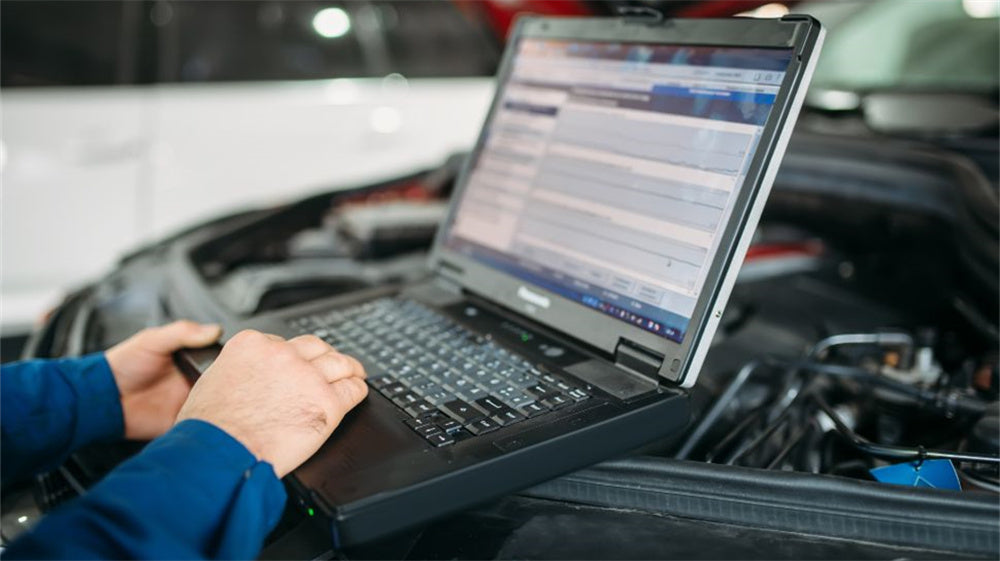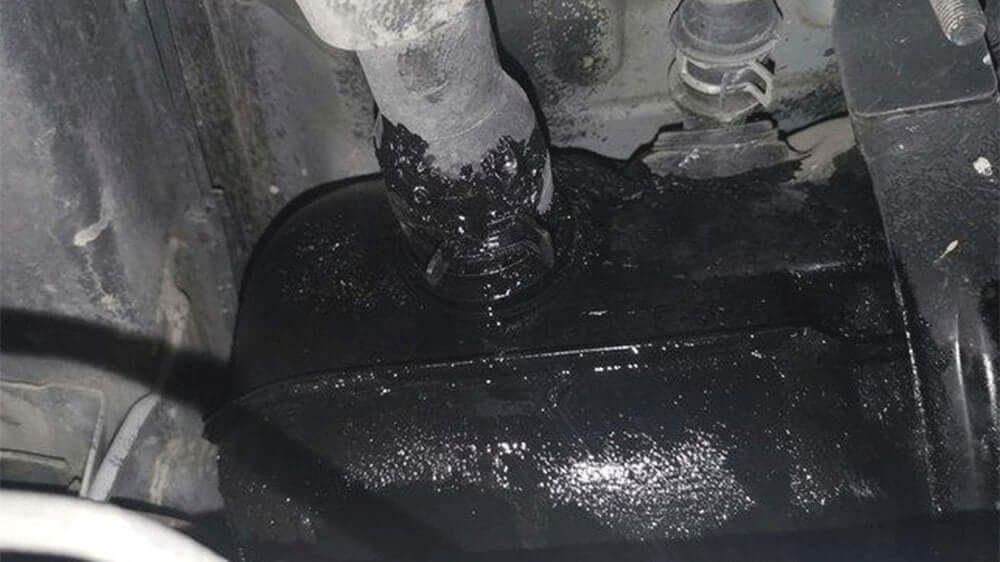
2024 The most comprehensive AUTO GEARBOX introduction
Function of Gearbox
A gearbox is crucial because it enables vehicles to control speed and torque, ensuring optimal performance across different driving conditions. It allows for efficient power delivery from the engine to the wheels, enhances acceleration, improves fuel efficiency, and provides versatility by supporting various driving modes such as forward, reverse, and neutral. Overall, gearboxes contribute significantly to driving comfort and vehicle functionality.Gearboxes not only provide the functions of neutral and reverse, but they also change the transmission ratio to allow for different speeds.
So, how many types of gearbox do you know? What are their abbreviations? Are you familiar with each one's working principle and structural composition?
Don’t worry. Read on, and you will find satisfying answers.
Currently, the main types of gearbox on the market are MT (Manual Transmission), PSAT (Parallel Shaft Automatic Transmission), AT (Automatic Transmission), CVT (Continuously Variable Transmission), and DSG (Dual-Clutch Transmission).
01 MT (Manual Transmission)
How Manual Transmissions Work?
Manual transmissions work with a clutch to control the gear lever, which engages different gears inside the transmission to change the transmission ratio. The gear shifting is entirely controlled by the driver without electronic interference, making it the most direct form of human-machine interaction.

Manual Transmissions Advantages:
1.Faster response during acceleration and overtaking (for skilled drivers).
2.High transmission efficiency.
3.Simple structure, easy to maintain.
Manual Transmissions Disadvantages:
1. Relatively complex operation (requires perfect coordination of clutch and gear lever).
2. High driving skill required (improper operation can cause stalling or gear mismatch).
Manual Transmissions Working Principle:
The gear lever operates the shift fork, which engages the synchronizer and the corresponding gear to achieve the desired gear output.

Manual Transmissions Diagram
Manual transmissions mainly consist of:
1. Control Mechanism: Includes the gear lever and linkage.
2. Transmission Mechanism: Composed of gears, input shaft, output shaft, and intermediate shafts.
3. Shifting Device: Common types include sliding gear, combination sleeve, and synchronizer, with synchronizers being widely used.
02 PSAT (Parallel Shaft Automatic Transmission)
Parallel Shaft Gearbox, a core technology of Honda, is quite unique. It can be seen as an improvement of the manual transmission with multi-plate clutches in place of synchronizers, a hydraulic shifting mechanism replacing the manual shift fork, and a torque converter replacing the clutch.

Advantages:
1. Smooth shifting.
2. High transmission efficiency.
3. Low manufacturing cost.
4. Long service life.
Disadvantages:
1. Limited number of gears.
2. Overall large size of the transmission.
Parallel Shaft Gearbox Working Principle:
The engine’s torque is input through the torque converter. The transmission’s electronic and hydraulic control systems send commands based on the gear lever position and engine load to the mechanical transmission mechanism. The shifting actuator uses high-pressure hydraulic oil to engage the appropriate clutch, connecting the gear to the shaft for power output.
Structure:
1. Electronic Control System: Monitors vehicle parameters and sends instructions to actuators.
2. Hydraulic Control System: Includes the main valve body, adjustment valves, servo valves, and auxiliary valves.
3. Mechanical Transmission Mechanism: Includes parallel shafts (input, output, and intermediate shafts), gear sets, wet multi-plate clutches, and a torque converter.
03 AT (Automatic Transmission)
Automatic transmission vs Manual Transmission:
Compared to MT, AT is easier to operate, typically requiring no manual gear changes during driving. It achieves automatic shifting through the combination of a torque converter and a gear transmission system.

Advantages:
1. Wide range of torque transmission.
2. Smooth driving.
3. Simple operation, easy gear shifting.
4. Mature technology, widely applied.
Disadvantages:
1. Lower transmission efficiency.
2. Complex structure, higher manufacturing cost.
Working Principle:
The key to AT is the torque converter. Due to its limited torque conversion range, planetary gear sets are used to improve efficiency. By fixing different components of the planetary gear sets, various transmission ratios are achieved.
Structure:
1. Torque Converter: Located between the engine and transmission, uses hydraulic fluid (ATF) to transmit, convert, and vary torque.
2. Planetary Gear Transmission Mechanism: Usually includes 2 to 3 planetary sets, each consisting of a sun gear, a ring gear, a planet carrier, and several planet gears.
3. Shifting Actuators: Includes clutches, brakes, and one-way clutches.
4. Hydraulic Control Device: Converts signals like throttle position, vehicle speed, and gear shift lever position into hydraulic signals.
5. Electronic Control Device: Converts vehicle speed and throttle signals into electrical signals, which are analyzed and computed to control shifting, locking, cooling, etc.
6. Housing: Typically made of cast aluminum alloy.
04 CVT (Continuously Variable Transmission)
CVT allows for a continuously variable transmission ratio, providing smoother speed changes and eliminating the jolting of AT gear shifts, enhancing driving comfort.

Advantages:
1. Simple structure, relatively low manufacturing cost.
2. Low fuel consumption, high economy.
3. High backup power, good performance.
4. Smooth shifting, comfortable driving.
Disadvantages:
1. Limited to small displacement vehicles due to structural constraints.
2. Relatively poor acceleration performance at start-up.
Working Principle:
When the Transmission Control Module (TCM) receives signals such as vehicle speed and load, it calculates and sends commands. The primary pulley adjusts its width and diameter based on hydraulic pressure, changing the ratio between the large and small pulleys, effectively managing the gear ratio.

CVT diagram
Structure:
Torque Converter: Ensures smooth shifting while reducing drive power loss.
Planetary Gear Mechanism: Between the torque converter and primary pulley, controls forward and reverse movement through hydraulic control.
Steel Belt and Pulleys: Core components of CVT, rely on these for ratio variation and power input/output.
05 DSG (Dual-Clutch Transmission)
Compared to AT, DSG eliminates the torque converter and uses two separate clutches for gear shifting, offering both the flexibility of MT and the comfort of AT, with uninterrupted power delivery.

Advantages:
1. No power interruption during shifting, good comfort.
2. Smooth and fast shifting.
3. Superior acceleration performance.
4. Good fuel economy.
Disadvantages:
1. May exhibit insufficient low-speed torque with small engines.
2. Performance can be affected by temperature variations.
Working Principle:
DSG features two clutch systems: one for odd gears and another for even gears and reverse. During driving in odd gears, the even gears are pre-selected, and the two clutches alternate to ensure quick and smooth gear changes.

DSG diagram
Structure:
Clutches: Distinguishes between dry and wet types based on operating environment.
Hydraulic Control System: Various hydraulic and electromagnetic valves are integrated into the hydraulic valve body, also known as the slide valve box.
Shifting Mechanism: Gear shifting is controlled by actuators, which manage the shift forks to achieve gear changes.
Understanding its function and importance helps drivers operate their vehicles more effectively and can extend the car's lifespan, ensuring safer driving. In essence, the transmission is not only a core component of the vehicle’s power system but also a key factor in improving driving quality.
Each gearbox type—whether it's a Manual Transmission (MT), Parallel Shaft Automatic Transmission (PSAT), Automatic Transmission (AT), Continuously Variable Transmission (CVT), or Dual-Clutch Transmission (DSG)—has its own strengths and limitations.
In conclusion, understanding the various types of gearboxes and their unique features is essential for maximizing a vehicle's performance and driving experience.By selecting the right gearbox for your driving style and needs, you can achieve better fuel efficiency, smoother operation, and enhanced driving comfort.















































































